MY WEAPONISED BODY
Beneath the Skin
In recent months, a dialogue has emerged, initially centered around painting, but quickly transcending the artistic realm to evolve into a broader, more personal reflection: our bodies, understood both as an organic whole and as intimate spaces and political territories. This exchange has given rise to essential questions about how we inhabit these bodies, along with all the tensions, stigmatization, transformations, and resistance that come with it.
These conversations have sparked profound reflections on vulnerability, resilience, and the signals bodies transmit—suffering, relief, desire, transformation—always laden with a constant questioning of the meanings bodies acquire based on gender, within medical, social, and political contexts. These are bodies in a perpetual state of tension, rediscovering their ability to resist, both individually and collectively.
Through monumental paintings that stretch across the exhibition space, inhabiting it like skins peeling off the walls, and a sculpture that rises from one floor to another, Mynerva seeks, as they express, “a personal writing of HIV in my body,” to “name where I am and where I am not, in the dimensions of mental and physical space.” This theme becomes the core of their artistic exploration, where the presence of the virus transforms into a language, and the body into a platform that not only reveals an illness but also uncovers the political and social tensions shaping the experience of disease and its mental and social repercussions. “To be HIV positive is to be sick with meanings, infected by the metaphors society projects onto my body.” Through biopolitics, systems of power regulated bodies, giving the disease a specific meaning and using the biological as a tool for social management.
Drawing from their personal experience, Mynerva challenges dominant narratives about health and normalcy, creating a space where vulnerability turns into an act of defiance. In this process, the HIV-positive body stands as a territory demanding to be acknowledged and named, transcending the prejudices and stigmas surrounding it. As Silvia Federici clearly states: “Our bodies bear the marks of the pains and joys we have experienced, of the struggles we have fought. Like an open book, bodies speak of oppression and revolt,” becoming places where the forces of social control intersect with individual resistance.
Mynerva highlights how these structures of power not only discipline and marginalize but also reinforce the hierarchies that shape our lives.
Reflecting on epidemics and health crises, not merely as medical phenomena but as expressions of dominant forms of control and social exclusion inscribed on bodies, is a critical urgency that Paul Preciado has explored deeply in his writings. Revealing the immunitary fantasies of societies—who is protected, who is marginalized, and who is sacrificed—Wynnie Mynerva’s work crafts a poetic space where the intimate and political converge, offering a tool to dismantle the narratives of oppression and stigmatization.
María Inés Rodriguez
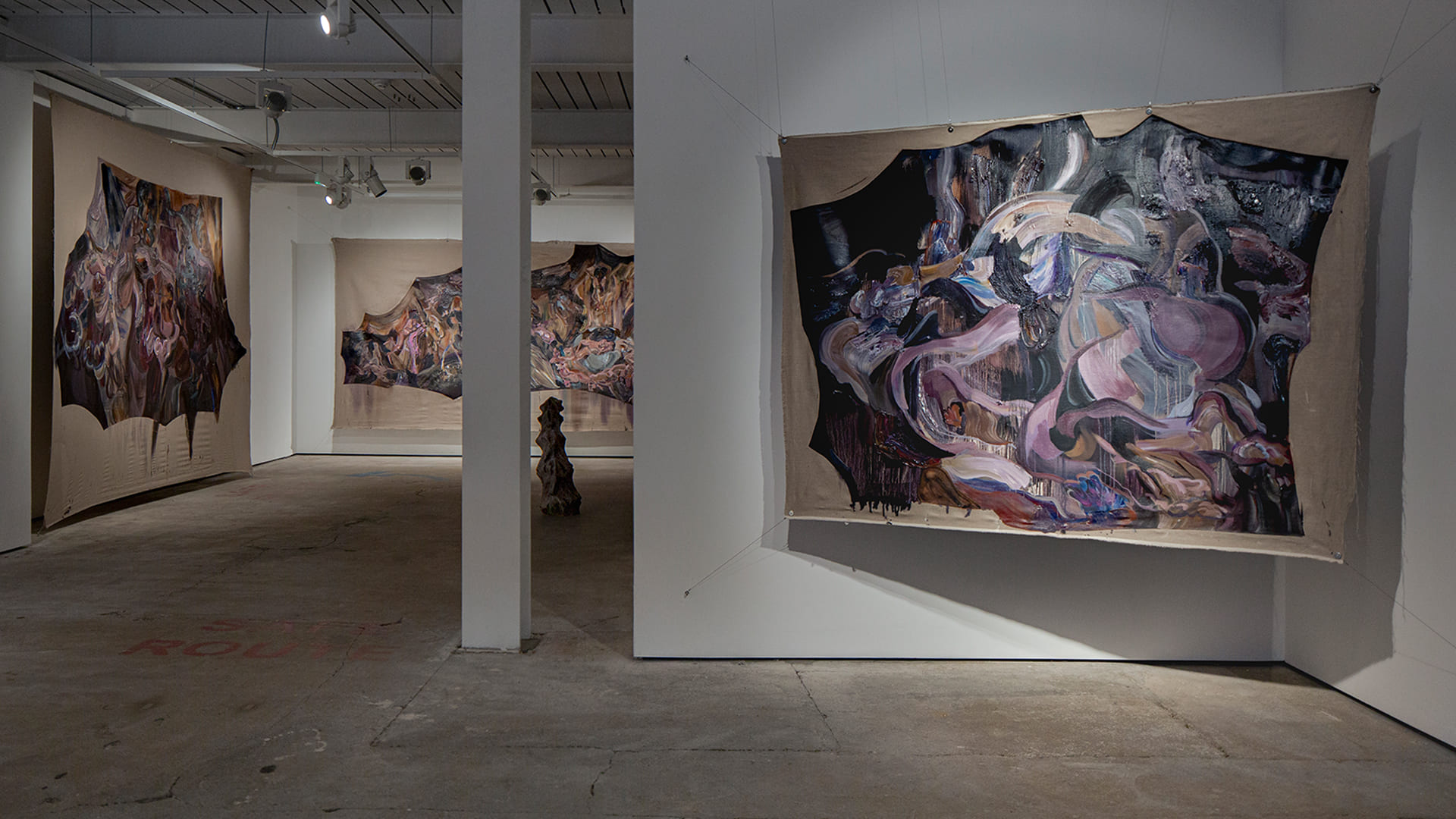
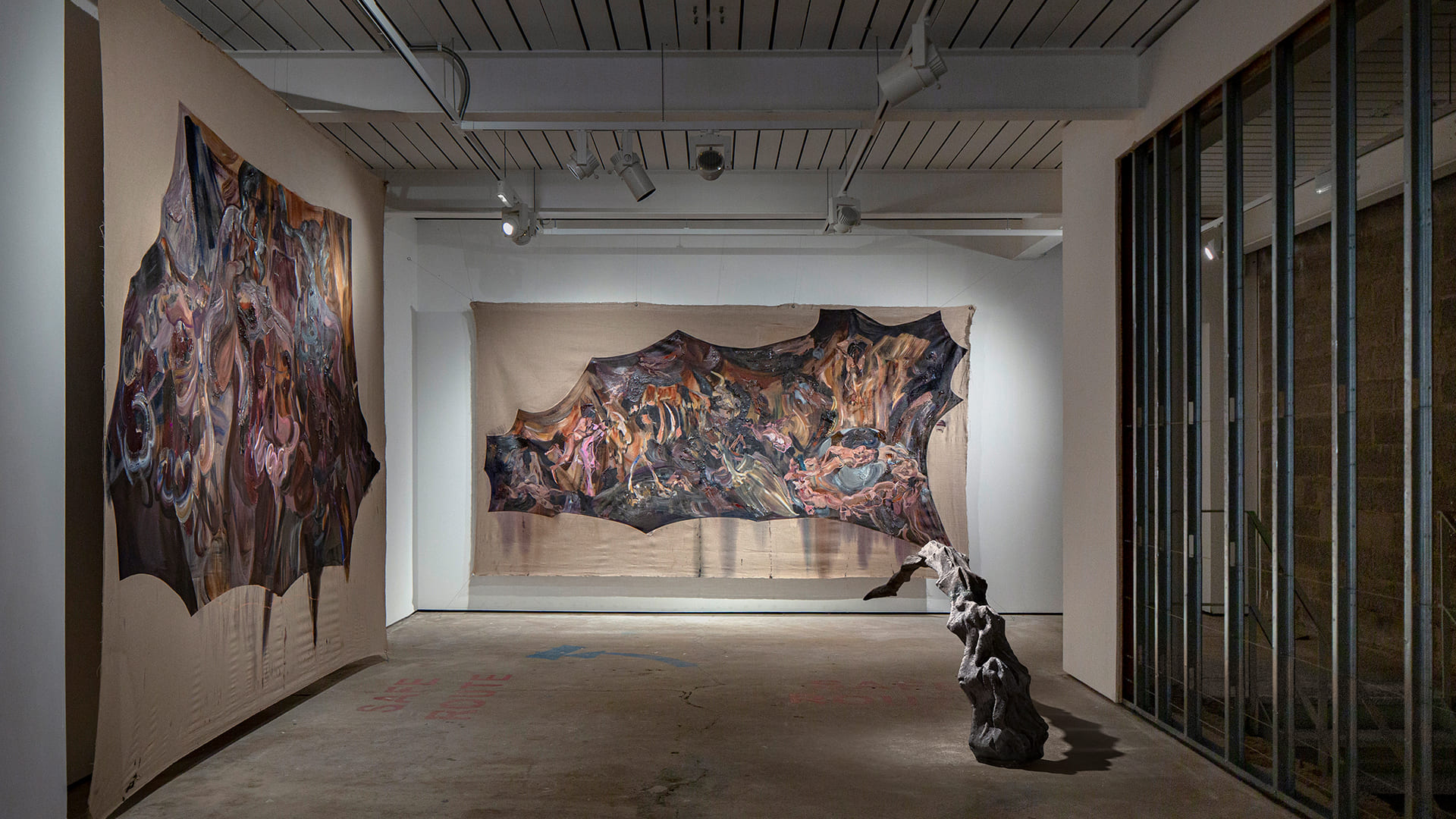
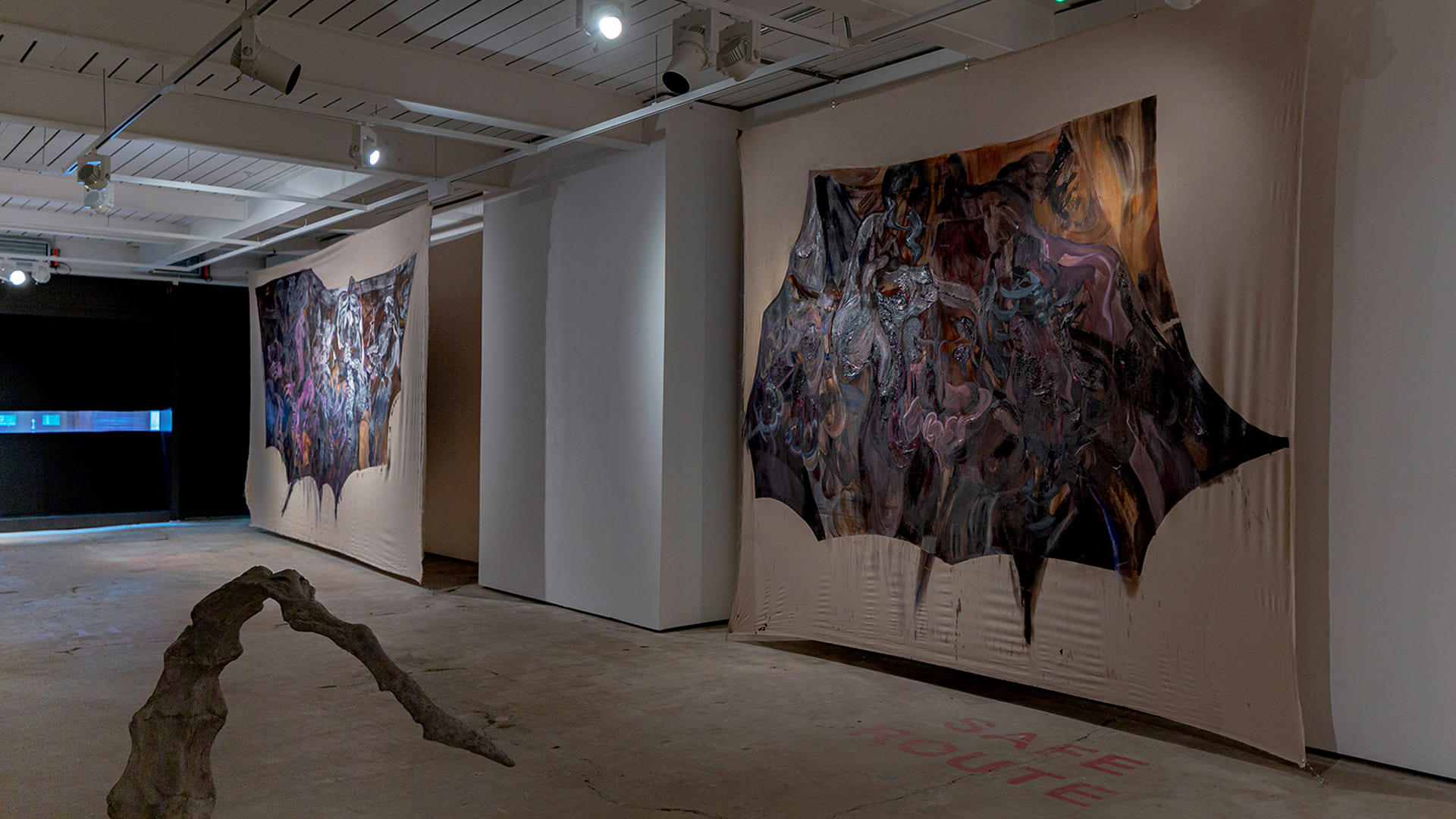
Installation view at the Gathering London, UK.

Epidemia de significados, 460 x 230, oil on linen.
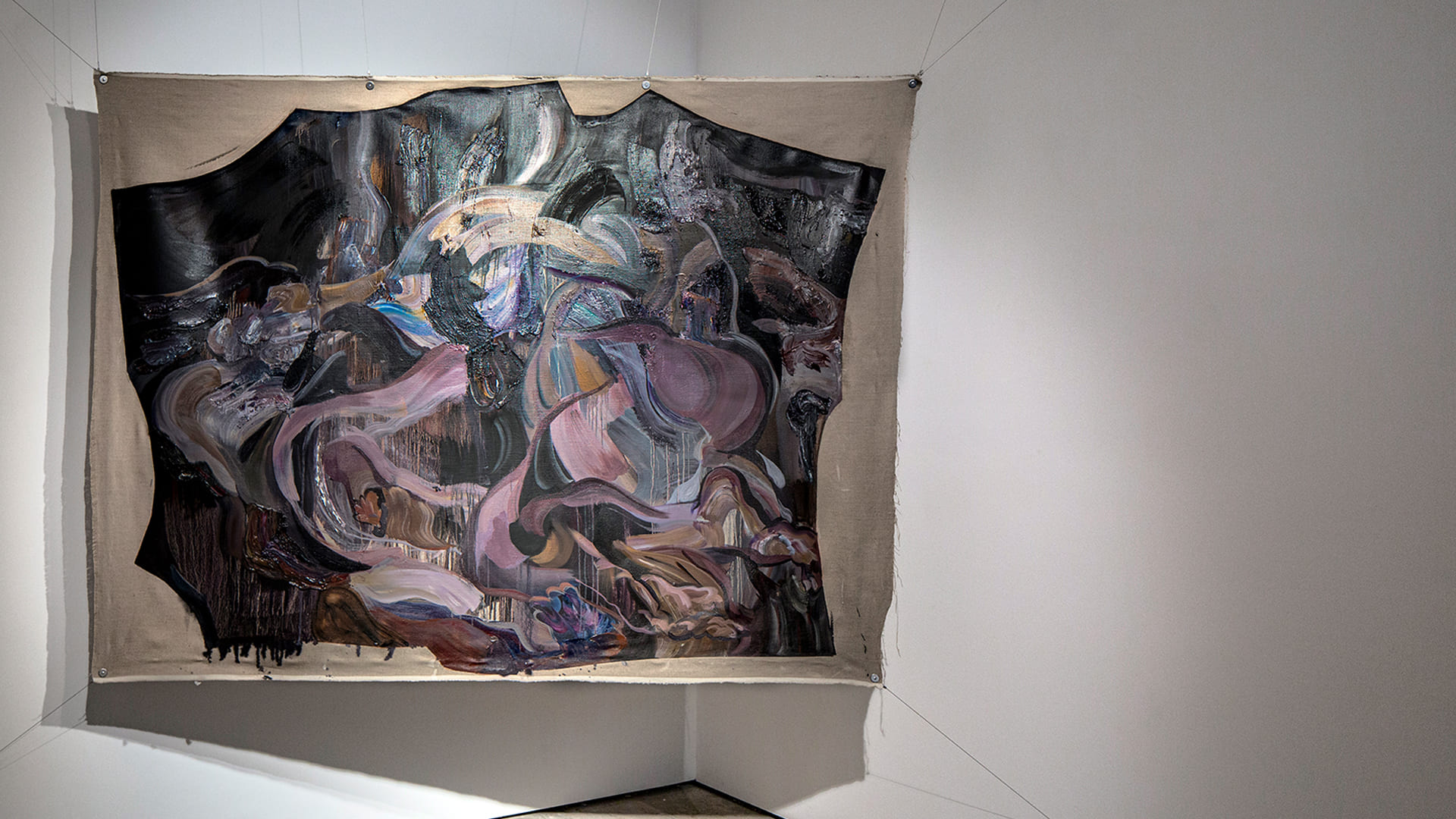
Acoplamiento, 190 x 145 cm, oil on linen.
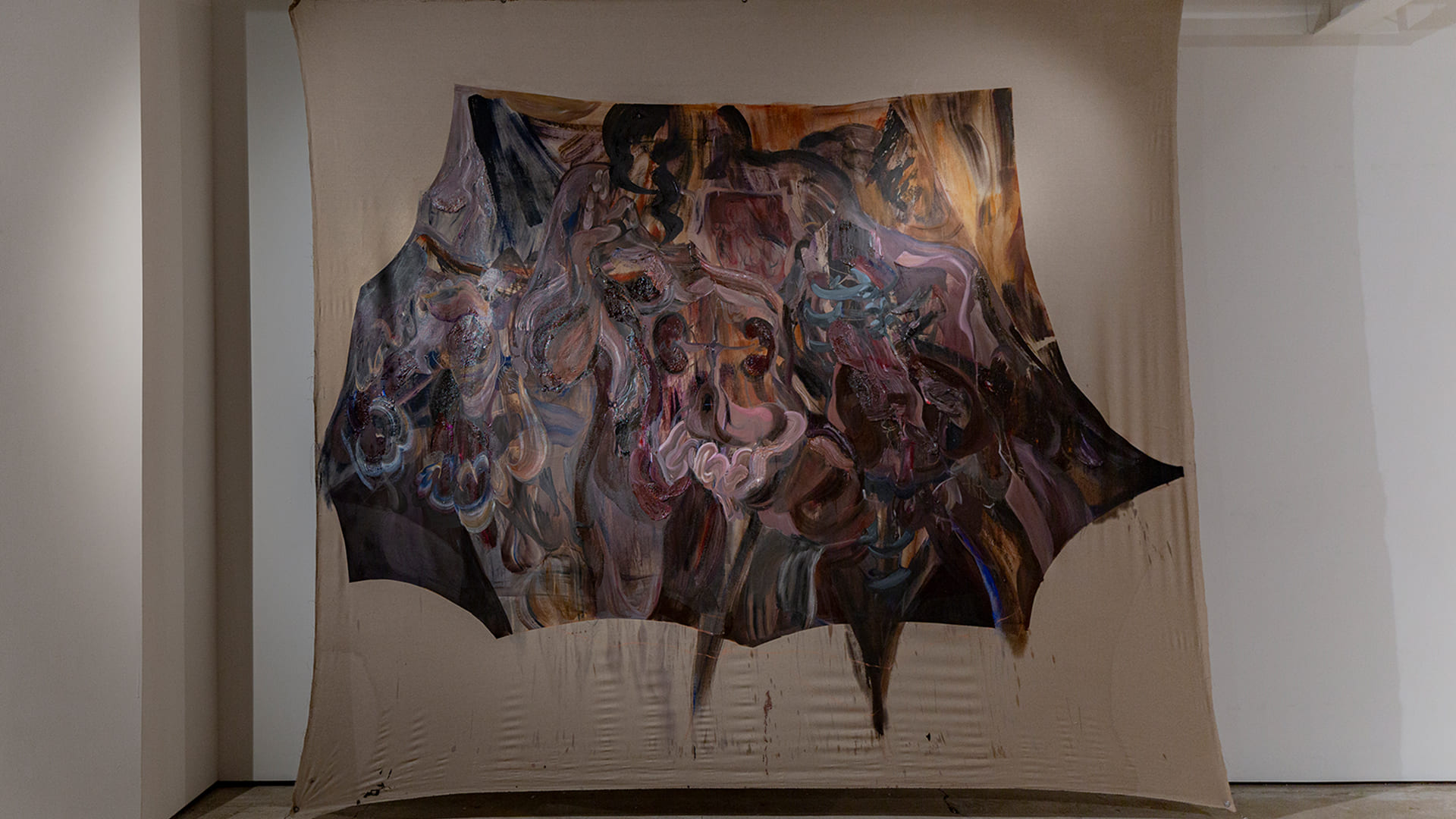
Lecciones de anatomía, 312 x 230 cm, oil on linen.
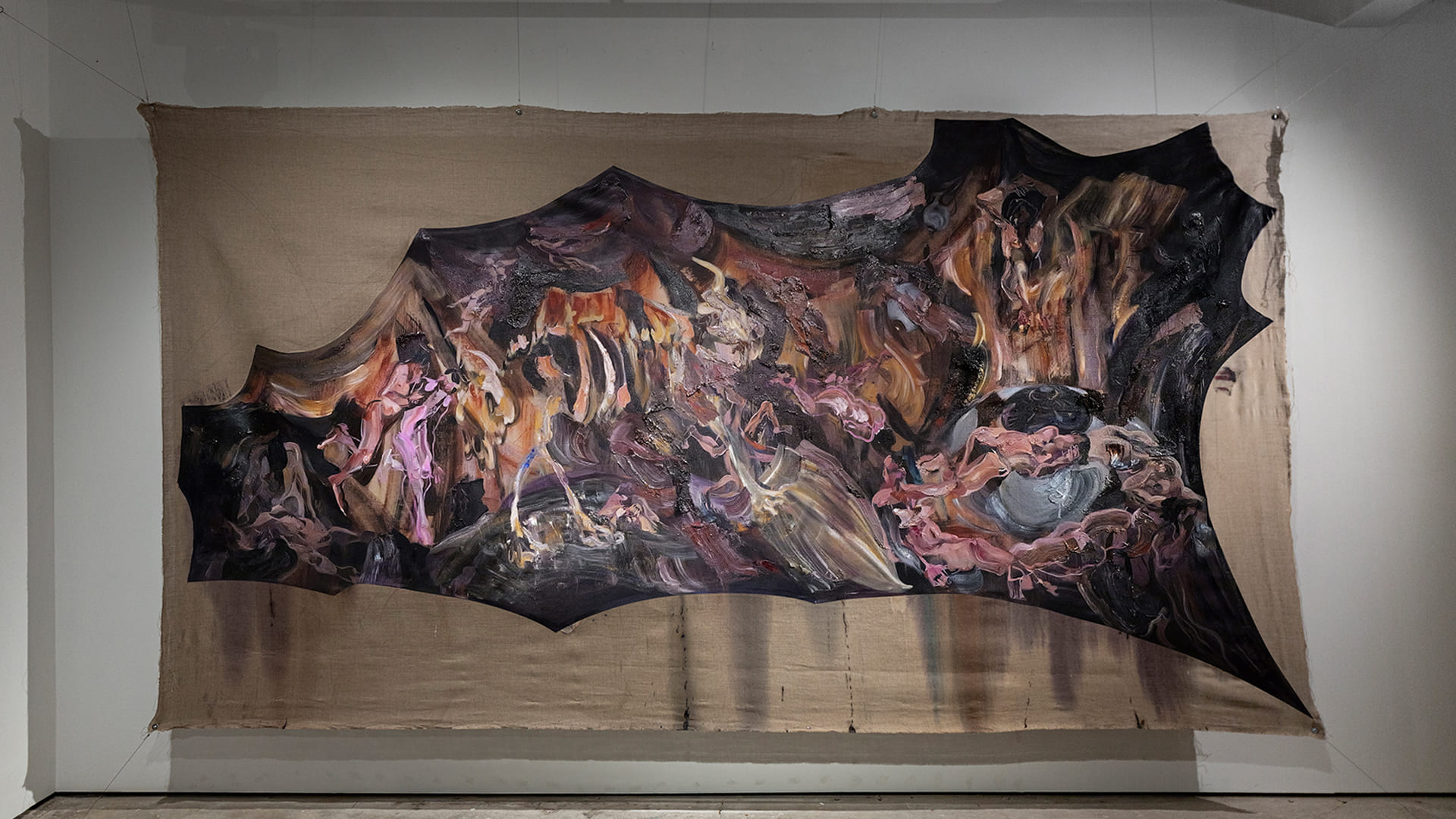
Prejuicio, 385 x 205 cm , oil on linen.
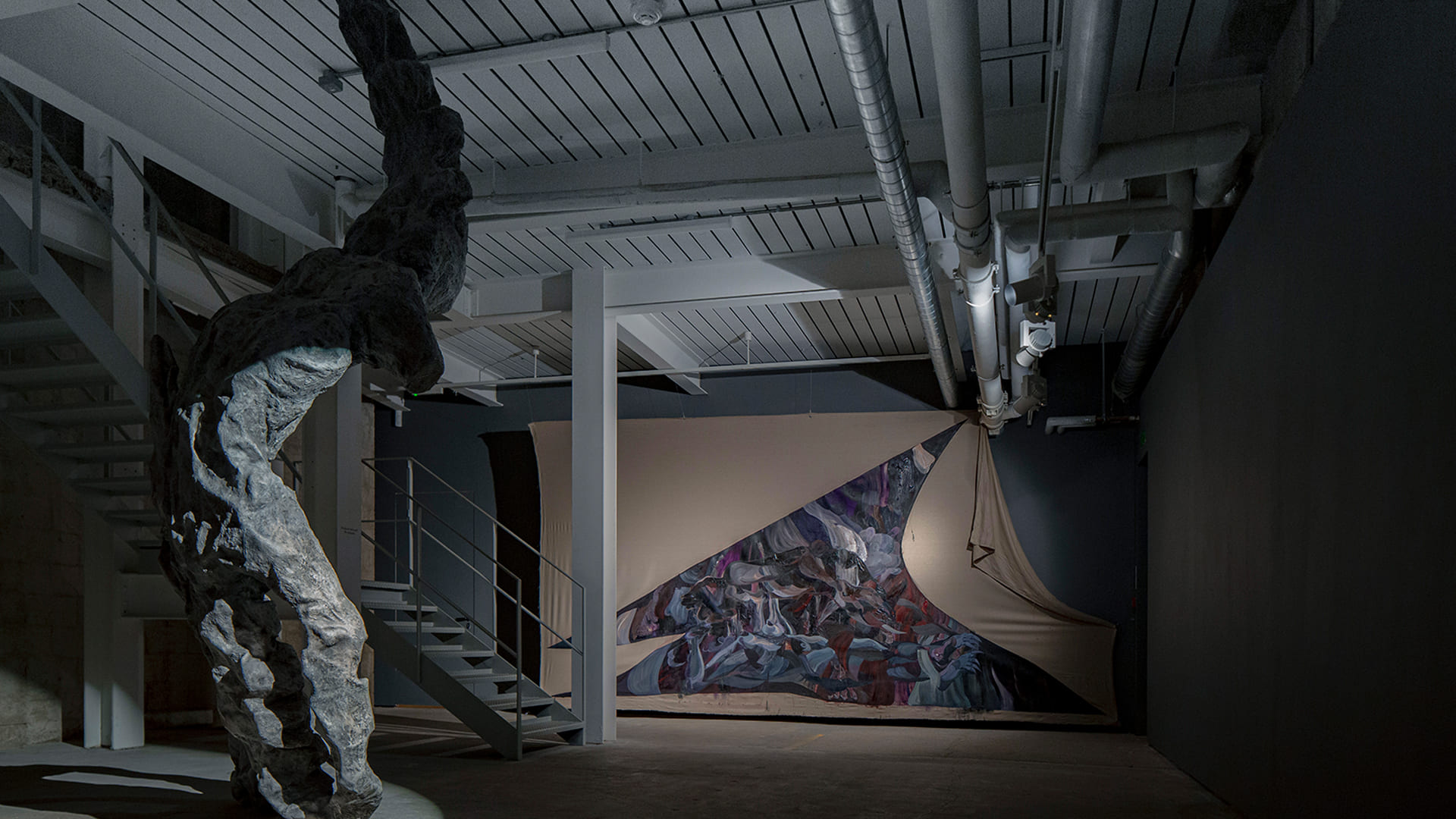
Installation view at the Gathering London, UK.
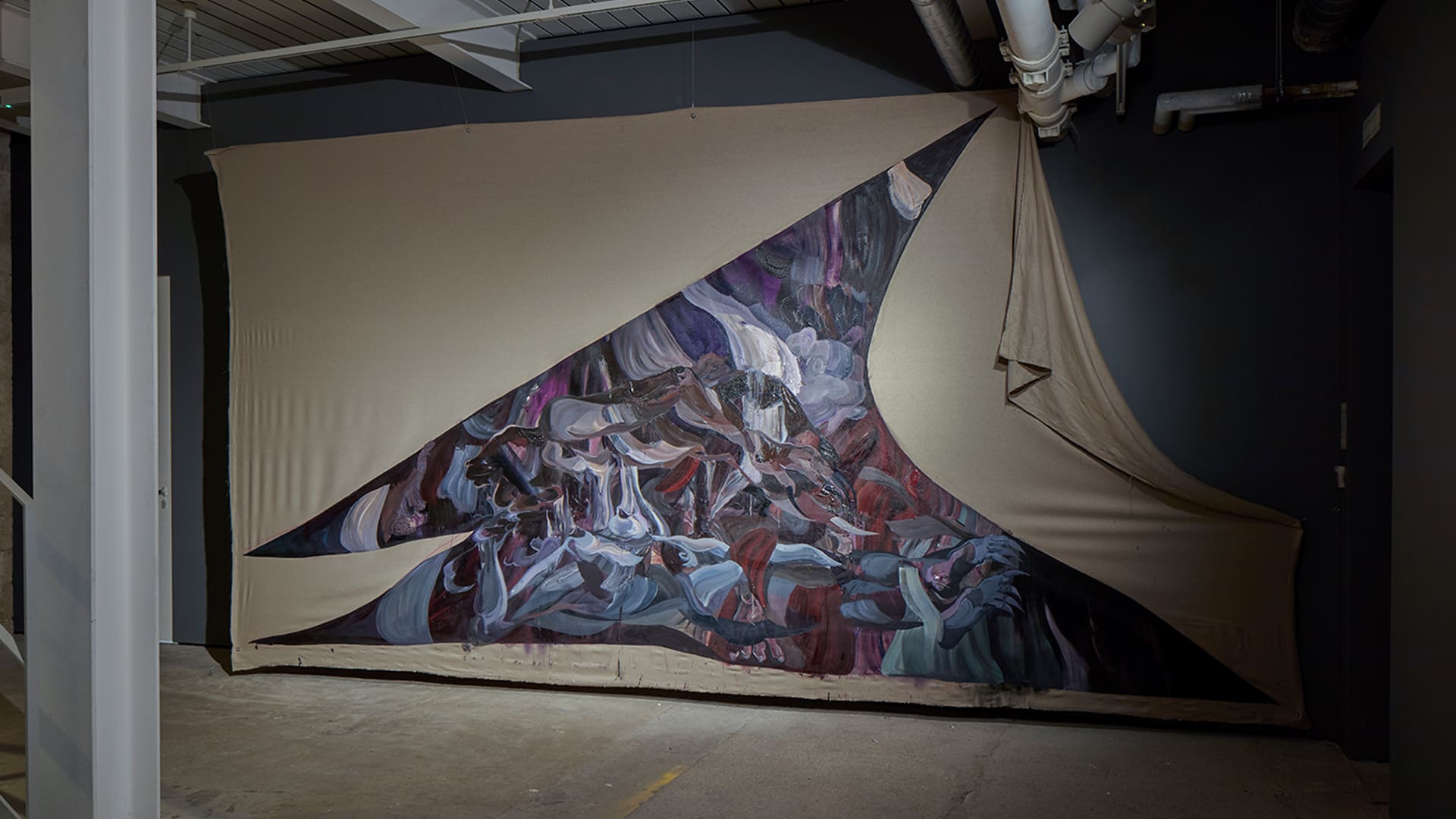
La fusión de los individuos, 520 x 265 cm, oil on linen.
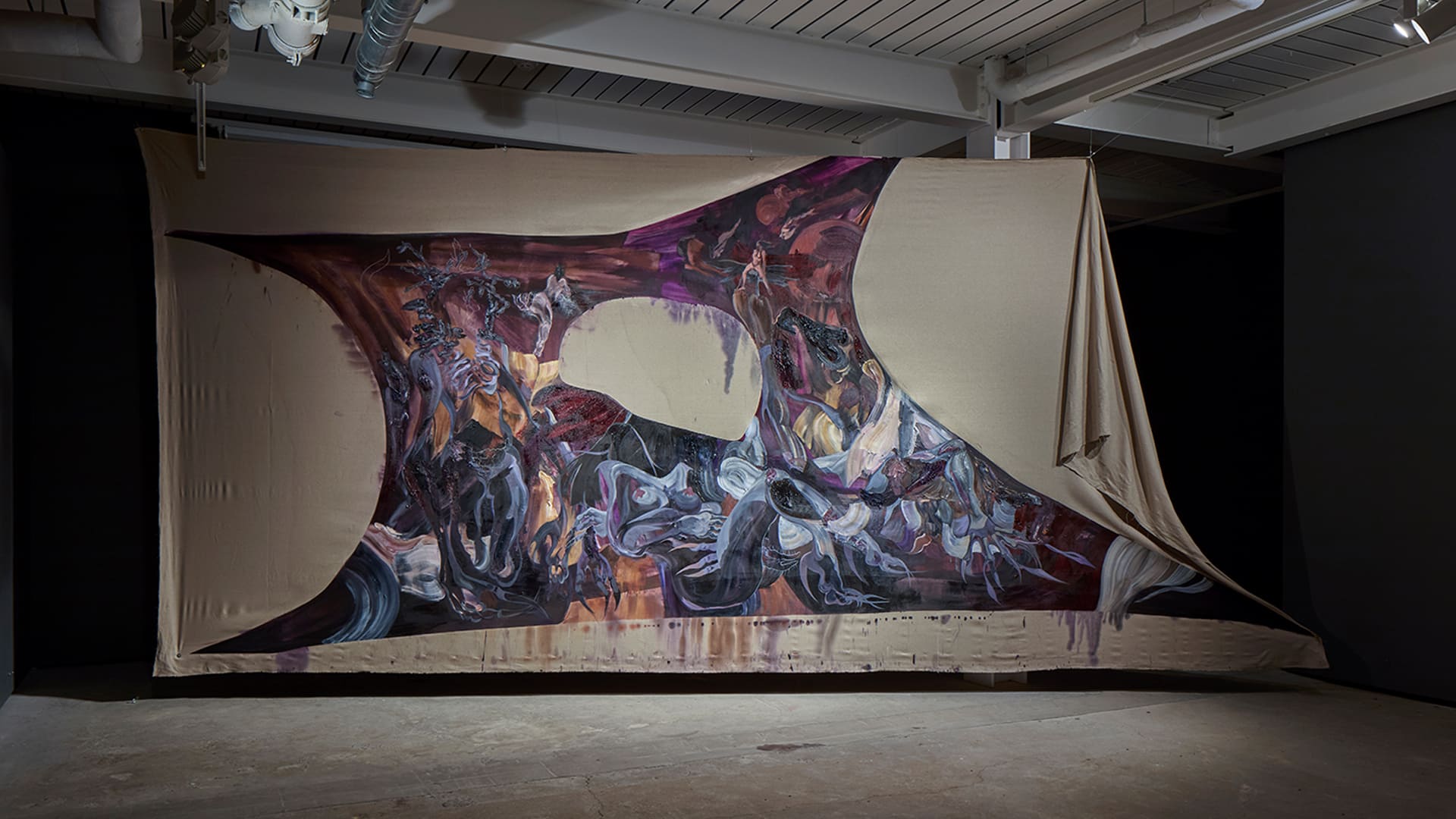
Transmutación, 620 x 250 cm, oil on linen.
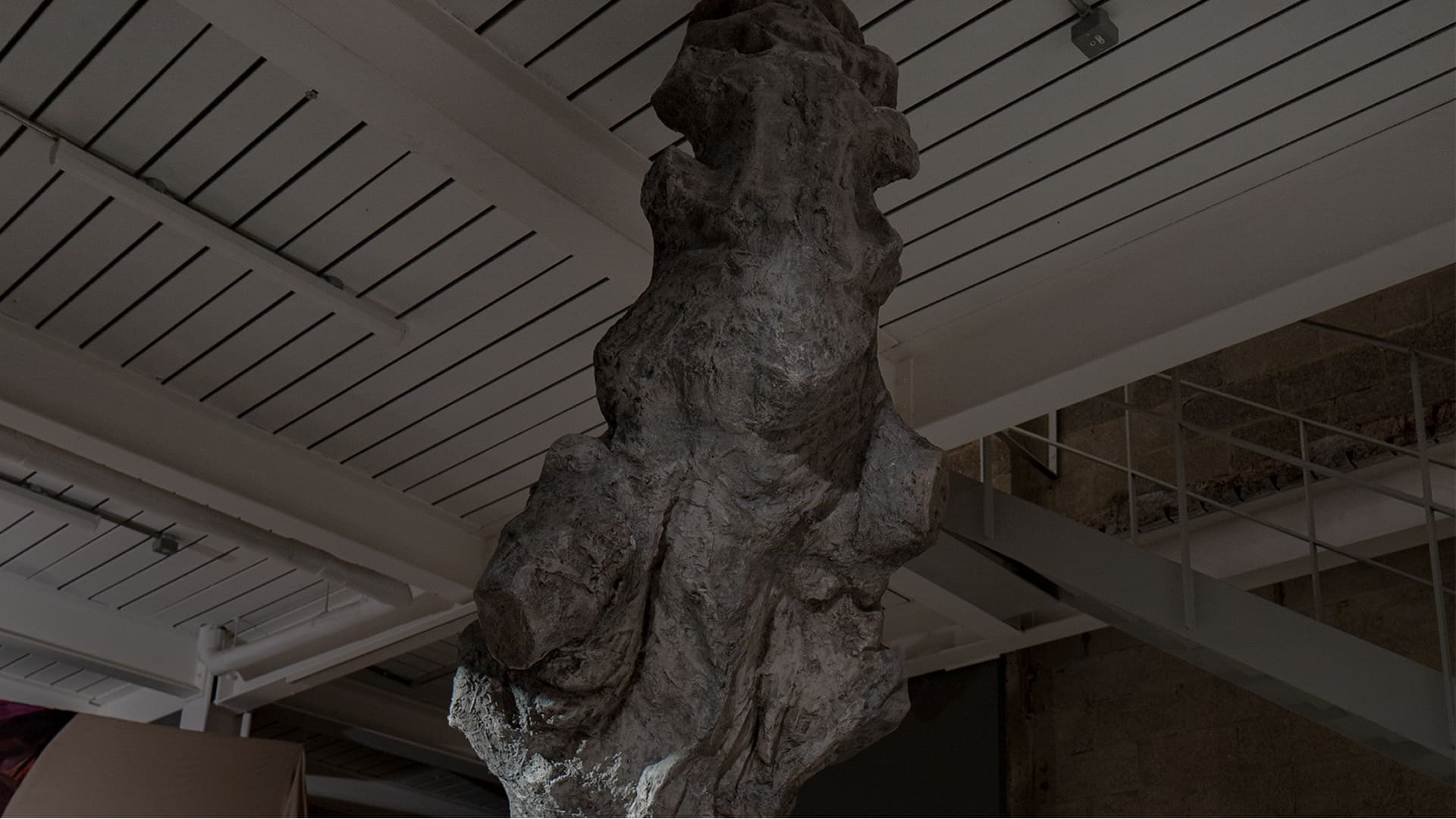
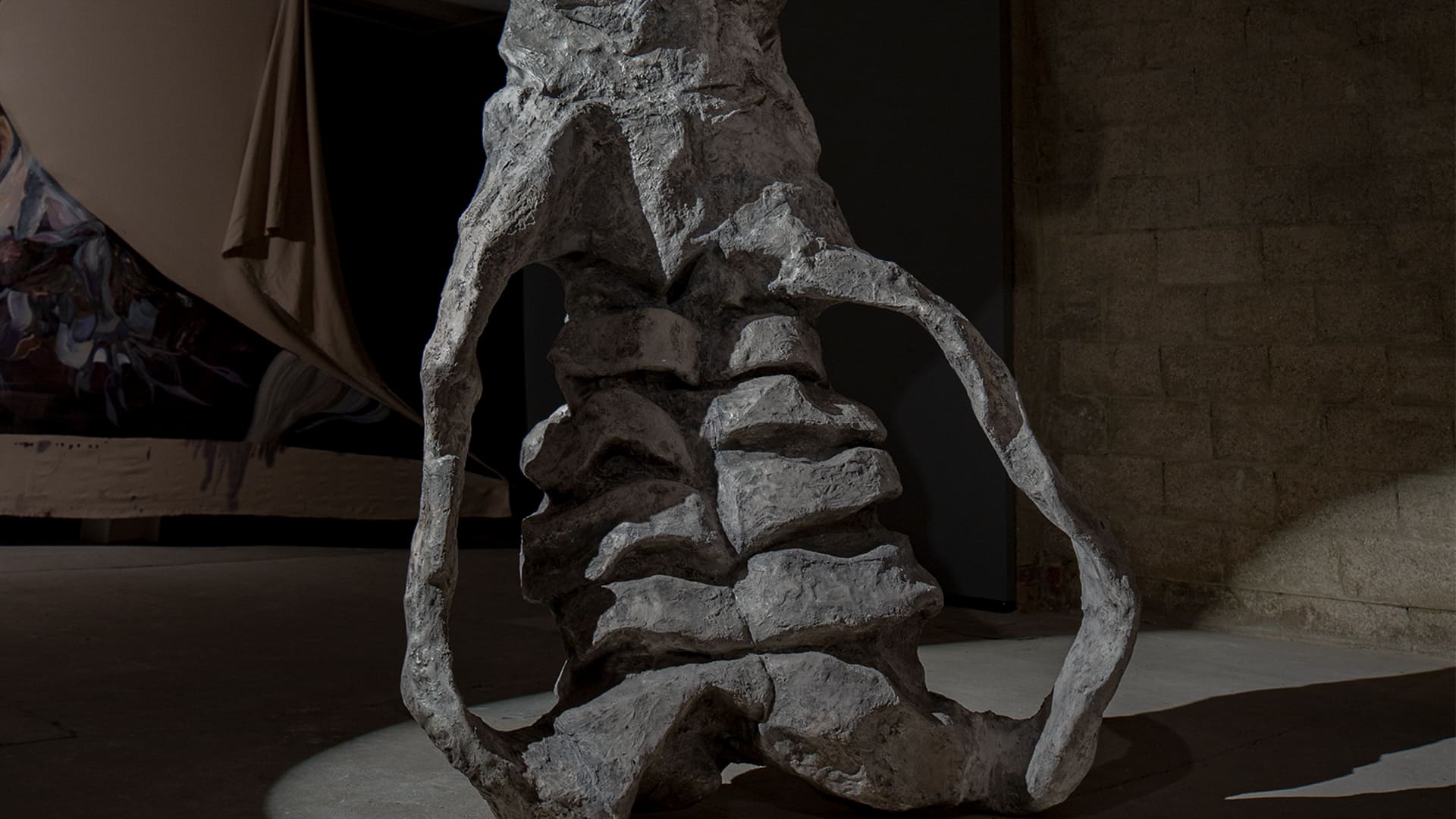
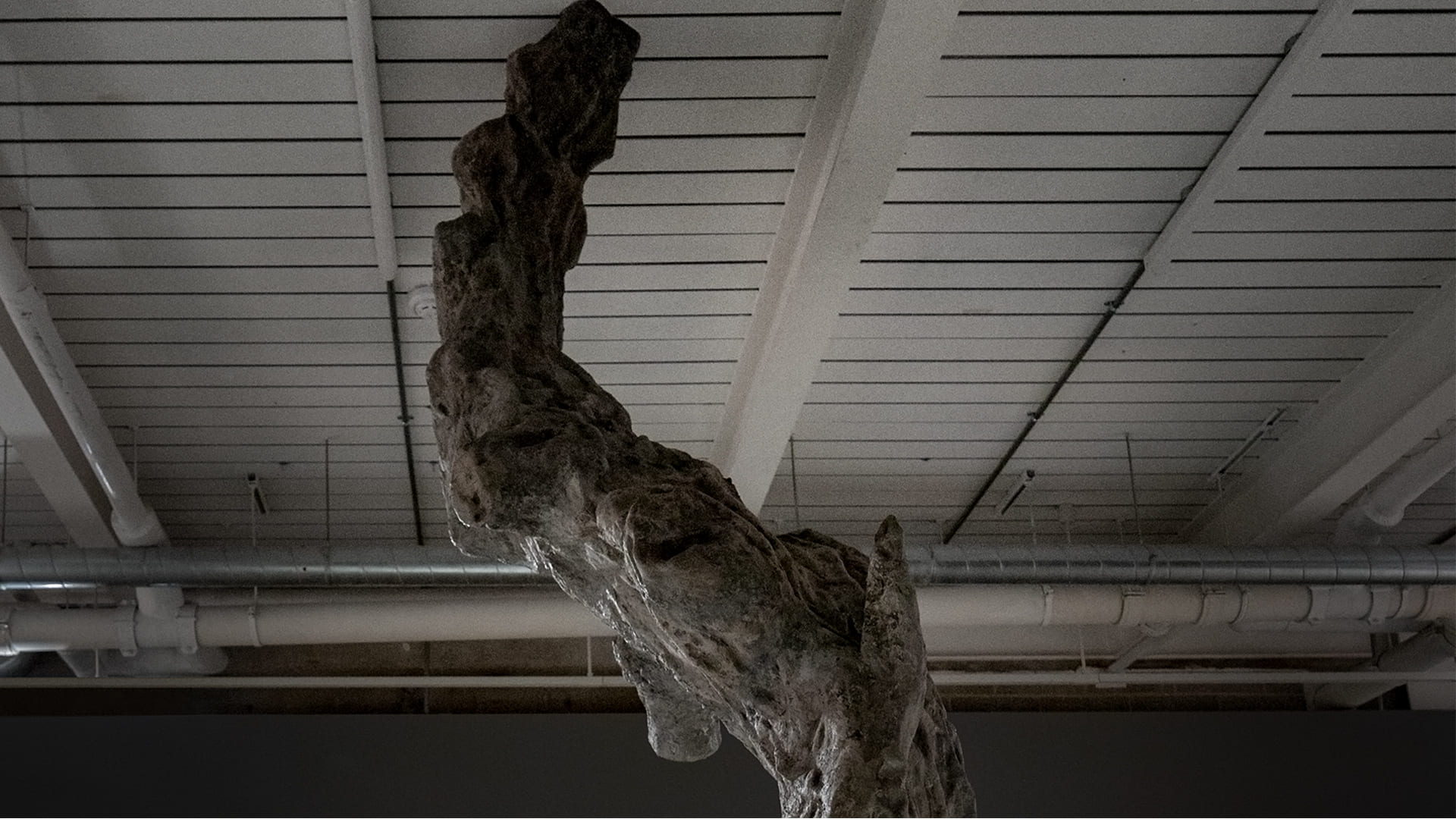
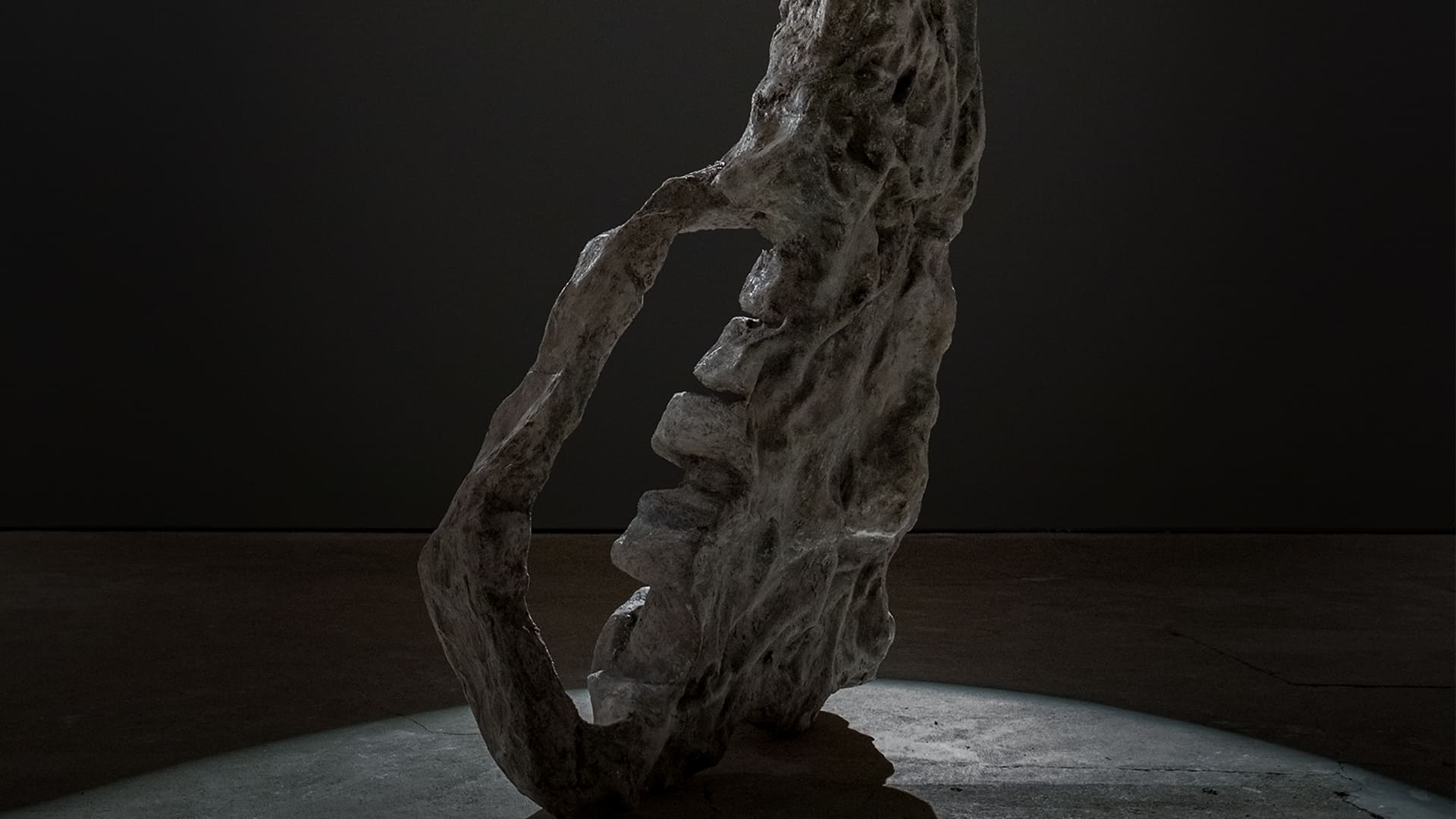
El Huésped, 150 x 80 x 470 cm, fiberglass, sculpture.
UK, 2024.